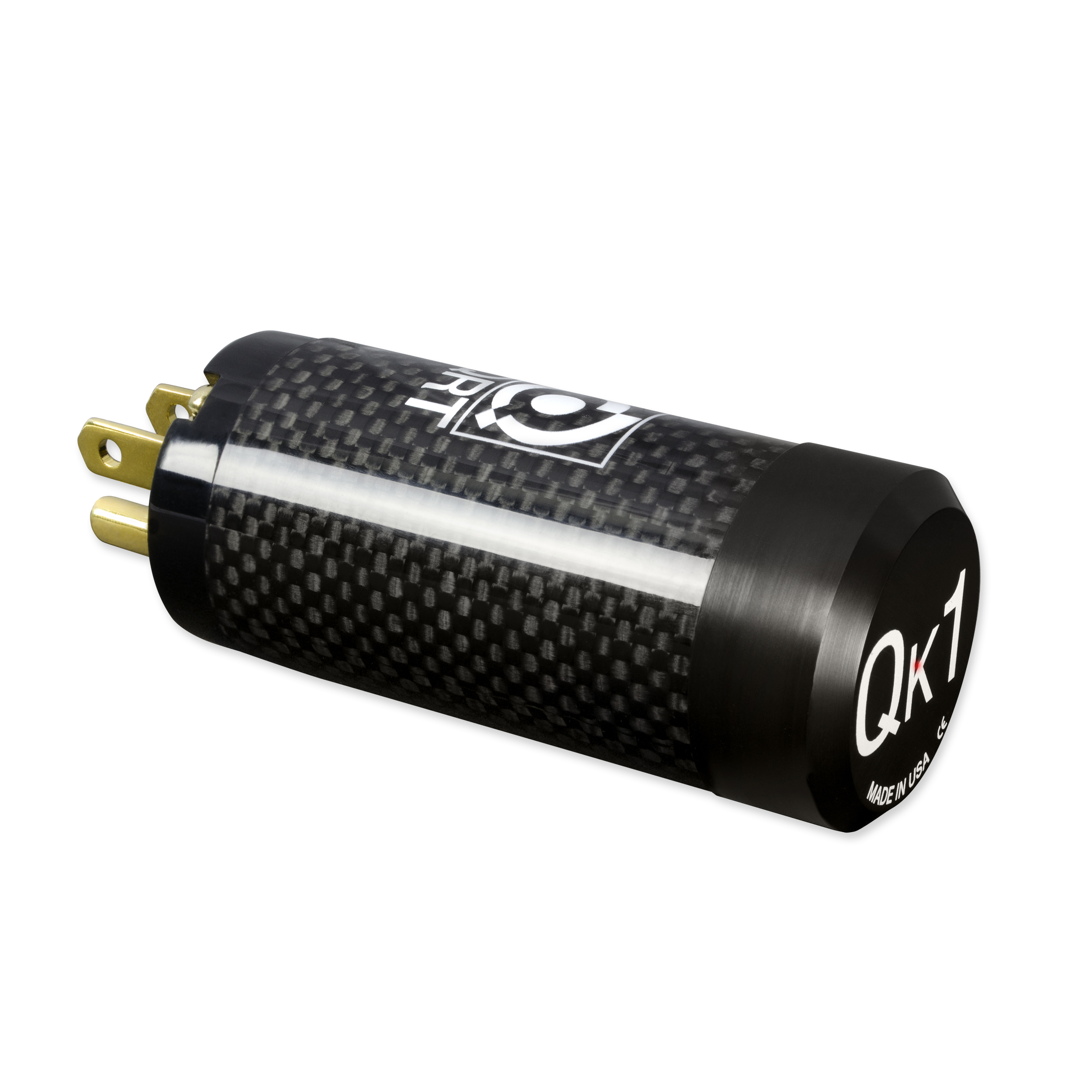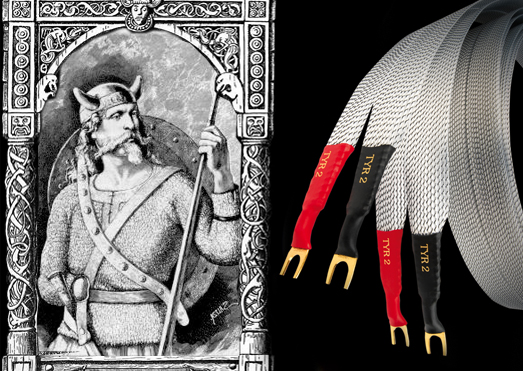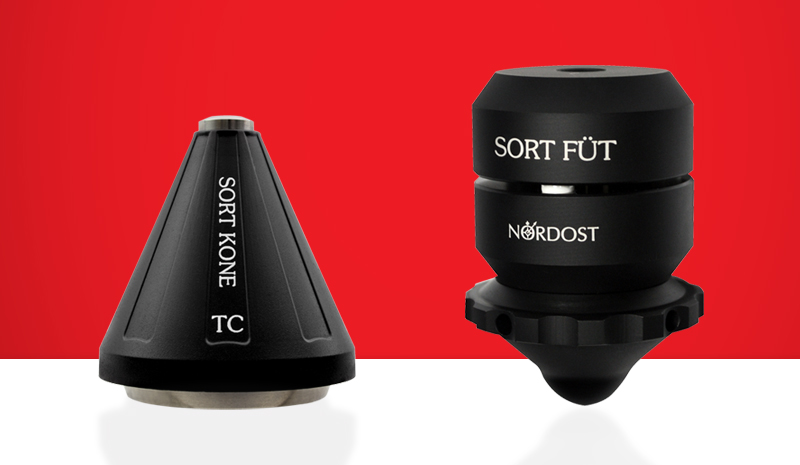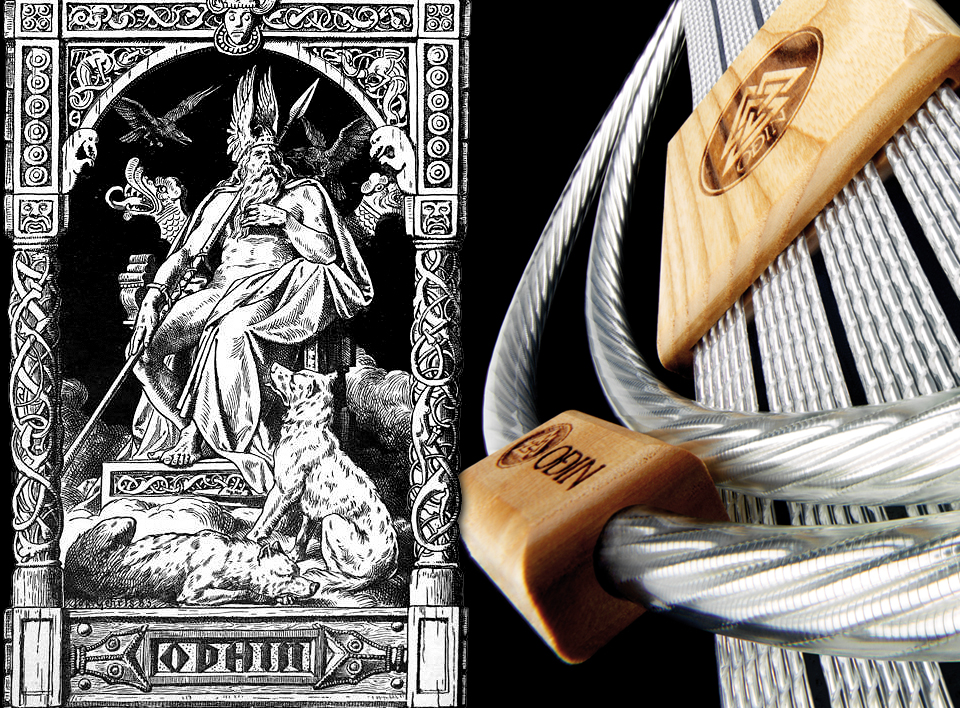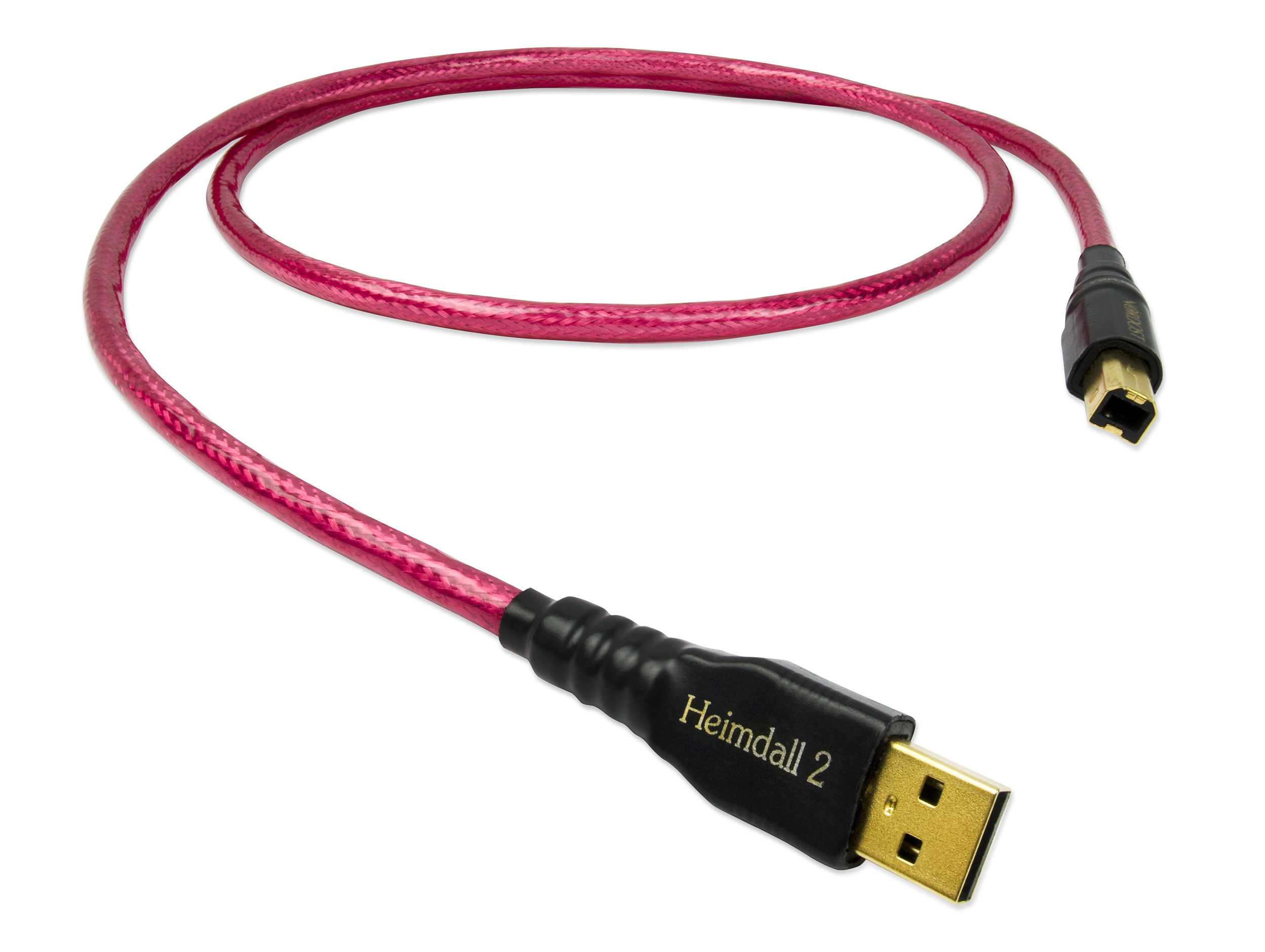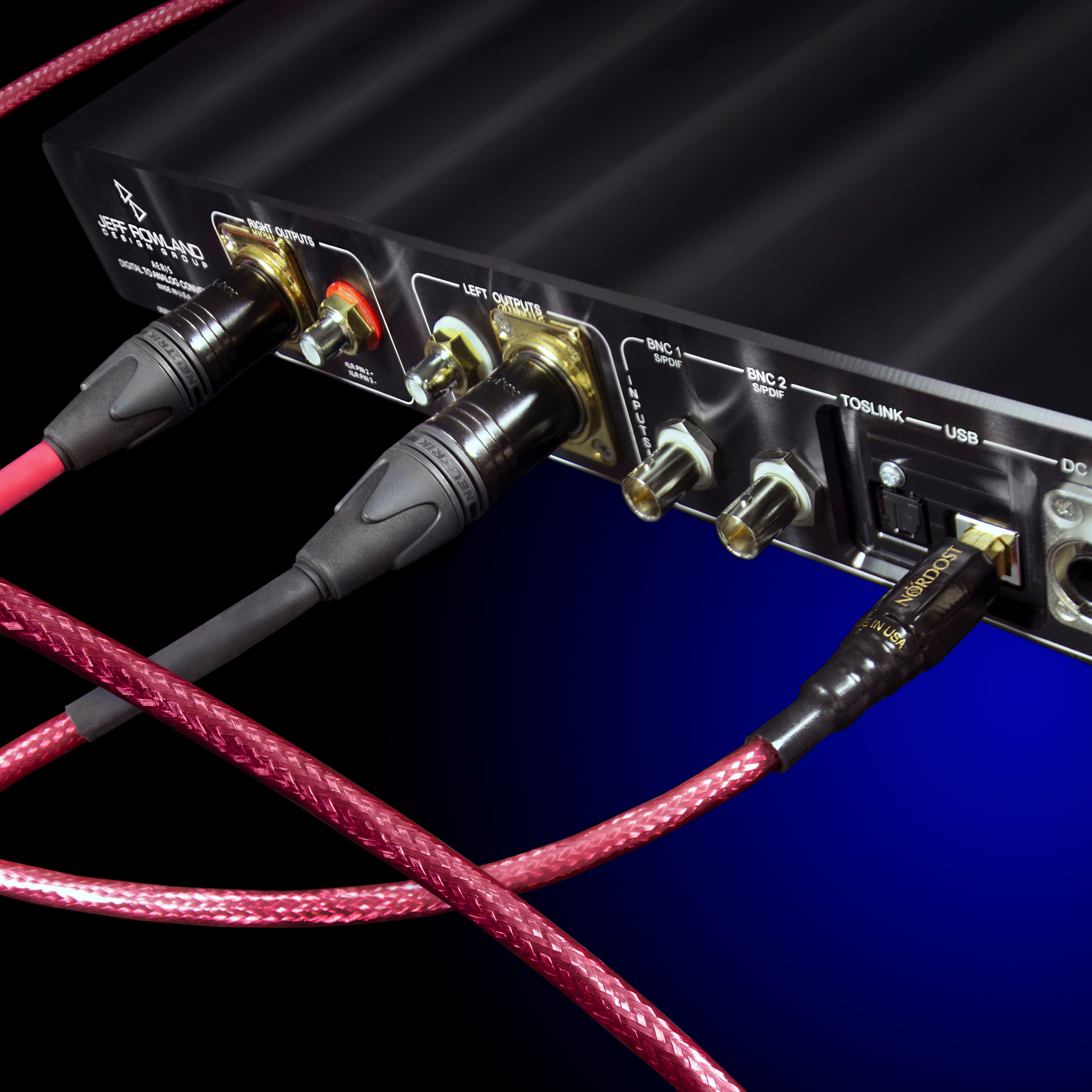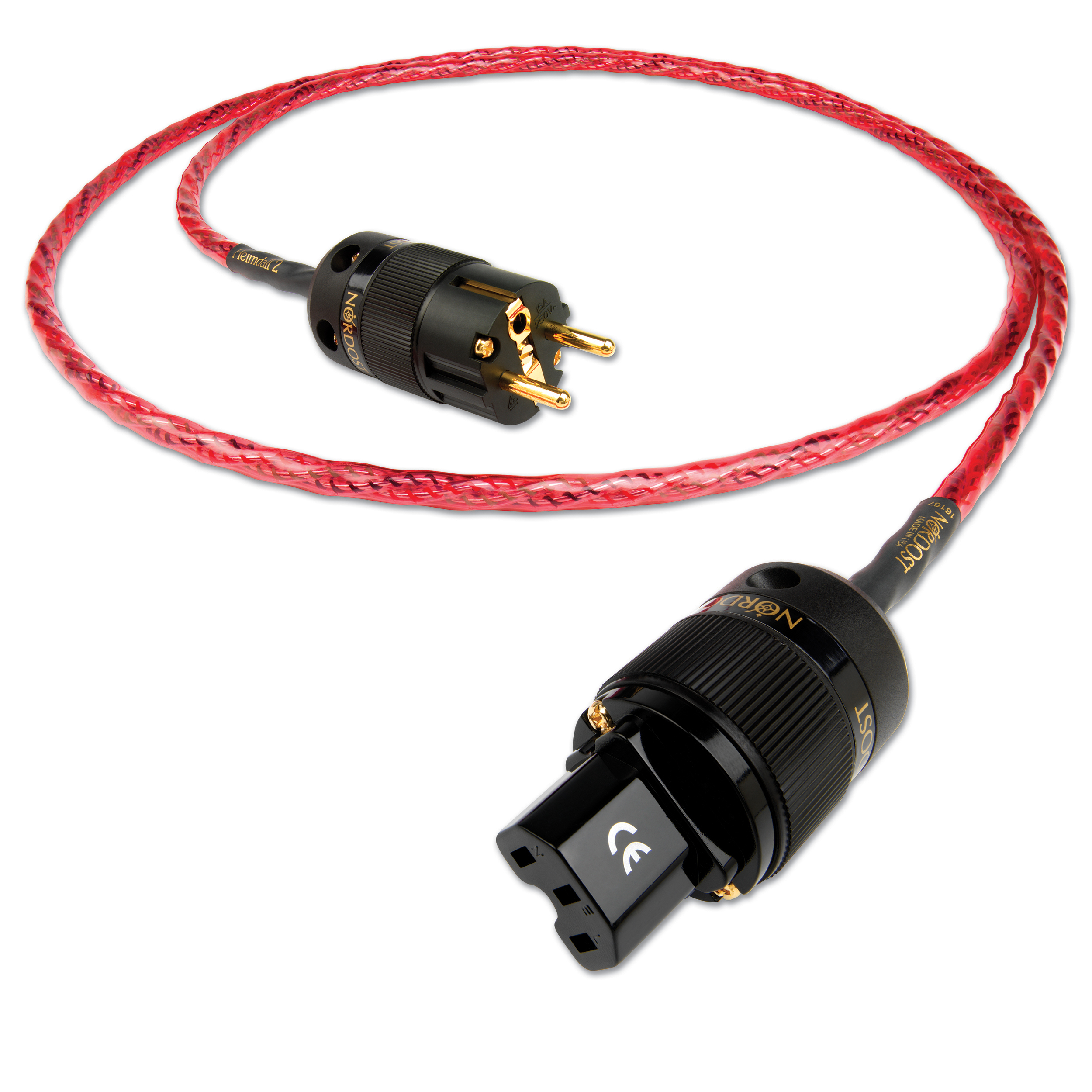Implementing correct speaker placement could be one of the most beneficial changes one can make in an audio system. The slightest shift or rotation in your loudspeakers can completely transform your soundstage, for better or worse. And when even one centimeter could be responsible for transforming the sound system that you have invested so much in, the idea of tackling and perfecting speaker placement may seem daunting. Because speaker placement is heavily dependent on the room and loudspeaker being used, there are no precise rules. We have simplified the process into 5 easy steps here. (For a more detailed walkthrough of this process, consult our Speaker Set-up Guide.)
1. Come Prepared

While this process of placing your speakers is simple, and even fun, it becomes infinitely more so when you are working with the right tools to get the job done. Besides the more obvious appliances that are specific to the particular loudspeaker you are working with, before starting your speaker placement make sure you have the following: masking tape, a felt tipped pen, tape measure and a level.
2. Voice the Room
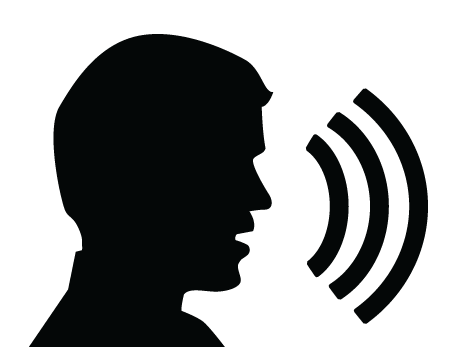
As many of you already know, the positioning of your loudspeakers in relation to the wall can have a significant effect on the speakers’ performance. For example, speakers placed with a close proximity to the wall tend to register as “bass-heavy”. In order to find the best positioning for your listening room, you can use a technique called “voicing the room”. Essentially, this tests the acoustics of the space.
Standing with your back to the far wall behind your speakers, simply start speaking in a loud, even voice while taking small steps into the center of the room. Once you have found a spot in the room where your voice takes on a natural quality, mark it with your masking tape and continue to advance until your voice begins to lose that characteristic. Continue the same process, now starting at the side wall, and walk towards the center of your initial marks. Once finished, you should have a squared off area. You will place your speaker a third of the way into this area.
This should be repeated on the opposite side of the room for the second speaker.
3. Get Centered
Once you have placed your speakers, it is now time to determine your “sweet spot”. In order to do this, imagine that your speakers and “sweet spot” make a triangle. You can use your tape measure to find the vertex where the legs extending from both speakers converge. As a starting point, your sweet spot is the same distance in front of your speakers as the distance between them.
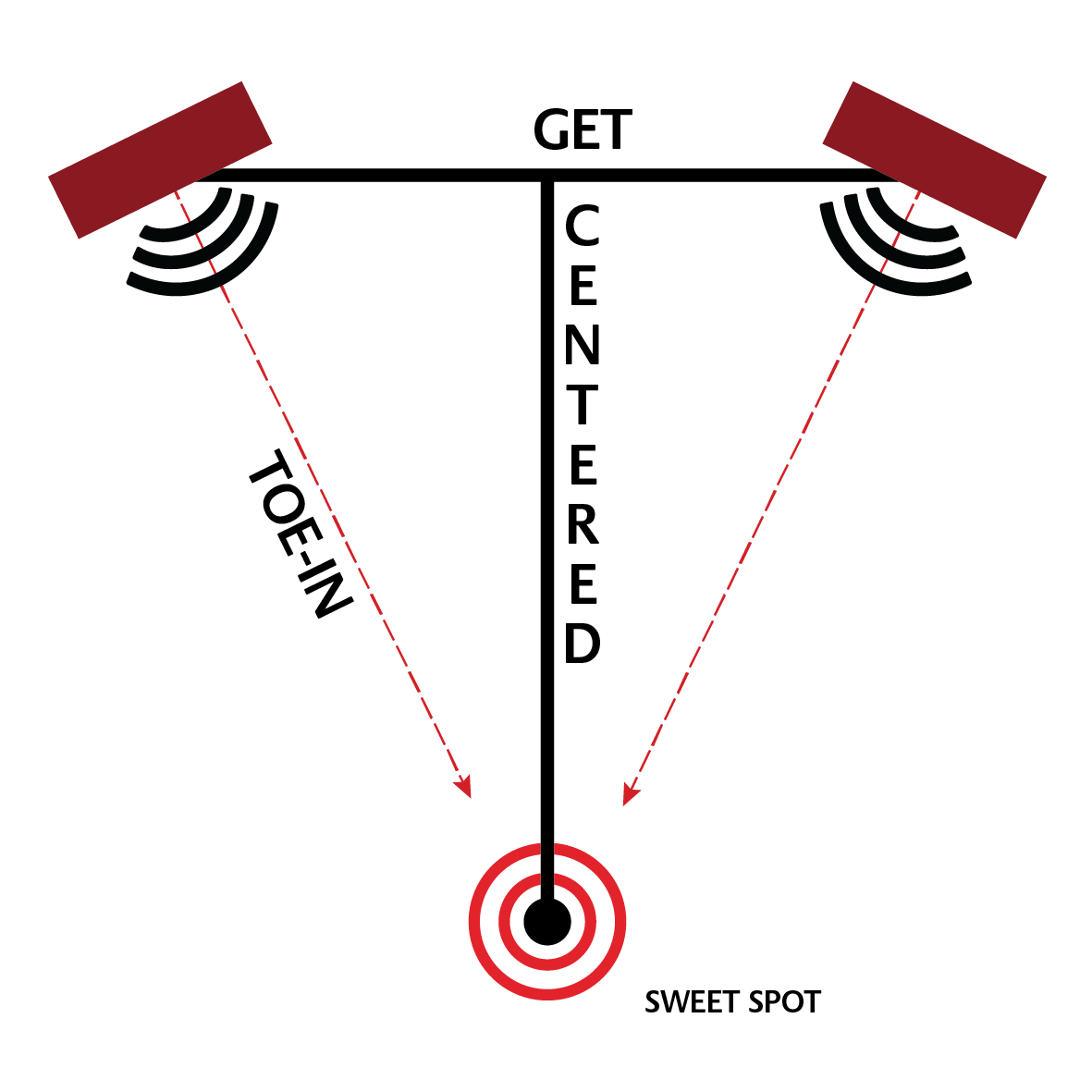
4. Toe-in
When you “toe-in” your speakers, what you are really doing is angling them towards your sweet spot to truly shape your soundstage. There is no hard-fast rule for a proper toe-in since so much of the results depend on the speaker model and the room itself. What is sure, is that the adjustments you make should be made little by little and should be identical for each speaker. The difference in focus and tonal balance after toe-in is powerful.
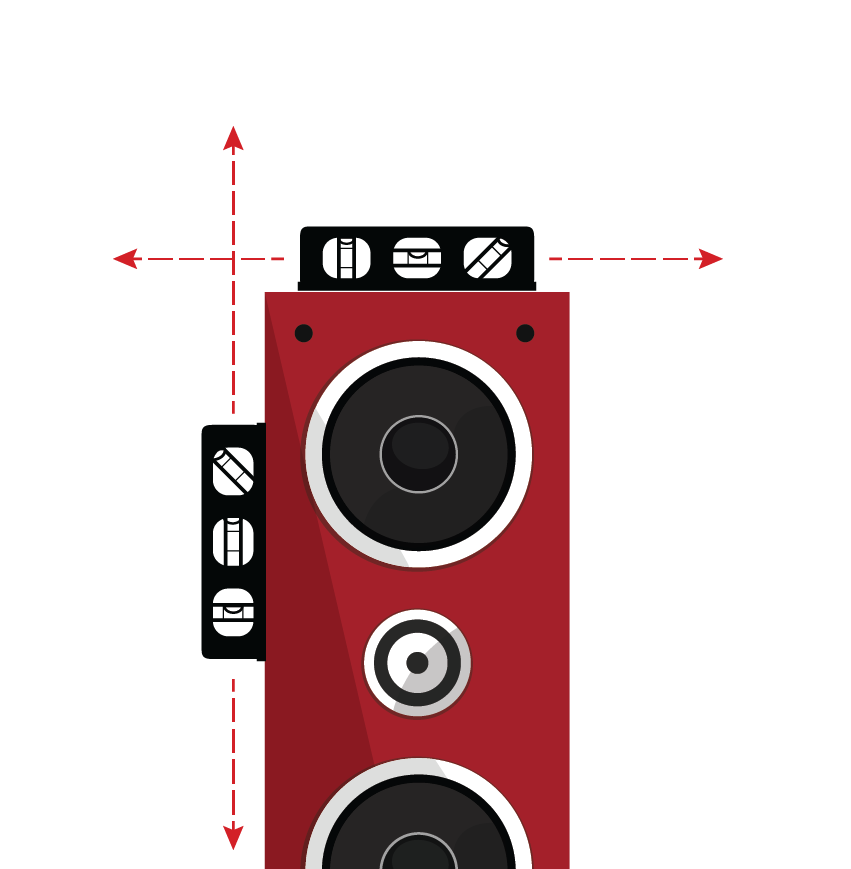
5. Leveling
Make sure that both loudspeakers are leveled horizontally and vertically. This last step ensures that the tweeter, mid-range and woofers are vertically aligned so that the cone and tweeter disbursement is coming from the center vertical line. It also ensures that the driver assembly of your woofers has a firm base and can move with maximum efficiency.
To get more detailed information on other methods of speaker placement:


